Last week, the Department of the Environment, Climate and Communications (DECC) opened a public consultation into the design of a new micro-generation scheme, due to be introduced by July 2021.
The scheme will allow surplus electricity produced from small-scale renewable energy generators to be sold back to the grid.
Micro-generation technologies include solar PV, hydro and wind, with a maximum electrical output of 50kW.
Micro-renewable combined heat and power (CHP) is also included, but the proposal is to limit it to 30kW of output.
Some of the details of the Micro-generation Support Scheme (MSS) are not yet known or are subject to change, as the consultation is still open, but the preferred design, how it might operate and some of the terms and conditions are known.
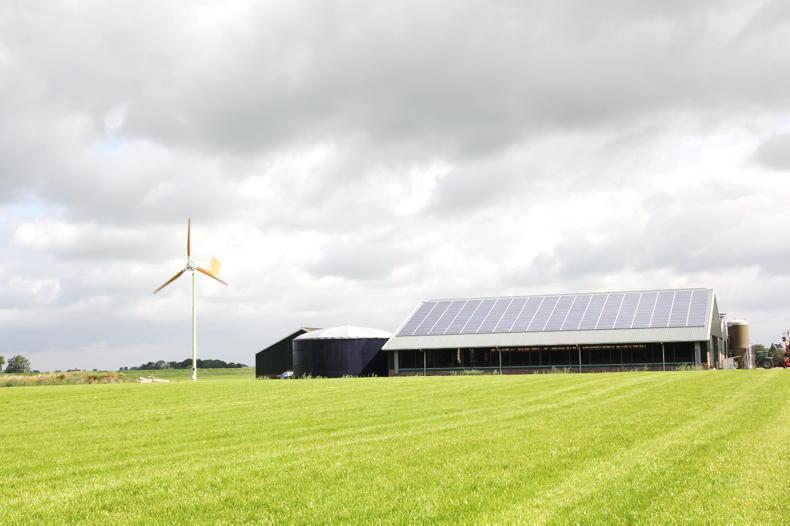
Only 30% of the renewable installations output capacity can be exported to the grid.
What remains to be seen is the premium price that generators will receive when selling to the grid.
The scheme, which will be open to consumers, farmers, businesses, and community groups, is being launched this year. As well as helping to meet our 2030 renewable electricity target of 70%, the recast Renewable Energy Directive (REDII) mandates that owners of micro-generators in the EU must be able to export electricity to the grid and receive the market rate.
Self-consumption
The proposed MSS has been designed to encourage as much self-consumption as possible, with only surplus electricity being exported to the grid.
Emphasis will be placed on sizing the renewable installation to meet the relevant electricity demand of the home or business.
The real financial benefit to generators is the savings they will make by not having to purchase retail electricity to power their home or business.
The consultation document explains that payment for exported electricity is only a small additional benefit in the overall context, rather than a revenue generating opportunity.
Therefore, it is proposed that at least 70% of the electricity generated by those participating in the scheme must be used on site.
This limits the amount of electricity that can be sold to the grid to, at most, 30% of the installation’s generating capacity.
The Commission for Regulation of Utilities (CRU) are reviewing changes to the grid connection process for micro-generation with a capacity greater than 11kW, but less than 50kW.
Furthermore, the principle of an “energy efficiency first approach” is central to this scheme.
This means that micro-generators considering applying to the scheme will have to retrofit homes and premises to meet minimum energy performance standards.
The documents propose that an occupied building taking part in the scheme must have a minimum BER “C” rating.
This requirement will be increased over the lifetime of the scheme to a “B” rating.
Viability gap
Micro-generation support will be set at a level that will incentivise the uptake of the technology where the revenue received from its operation does not cover its costs.
A balance must be reached between providing a sufficient incentive to cover the difference that exists between the cost of installing a particular technology and the savings that result from self-consumption. This difference is called the viability gap.
Micro-generation technologies have different characteristics that make them more appropriate for use within certain sectors.
Therefore, the viability gap of each technology and sector is likely to differ and will require varying levels of support.
In order to determine the level of support, DECC first had to match the suitability of eligible micro-generation technologies to the appropriate sector.
It then had to band the capacity of the technology into ranges based on the sectors (see Table 1).
This banding range will help determine the level of financial support needed to incentivise the uptake of the technology within that sector.
The scheme
Many existing European schemes were examined to inform the MSS structure, including feed-in tariffs, feed-in premiums, investment subsidies or grants, Renewables Obligation Certificates and Smart Export Guarantees.
However, DECC opted to implement a Clean Export Guarantee model. Clean Export Guarantee (CEG) tariffs allow micro-generators to sell excess electricity to the grid in return for a price that reflects the fair market value of the electricity.
The CEG is a minimum tariff for electricity which is based on the average Day Ahead Market (DAM) wholesale electricity price and will be the same across all technologies.
DECC are particularly keen on this model as it can be provided at near cost-neutrality as the rates are based on wholesale electricity prices. Moreover, CEG provides incentives for self-consumption (referred to as Smart Export Guarantee) and avoids the risk of overcompensation.
However, at current wholesale electricity prices, the CEG will not be able to meet the viability gap for eligible technologies in any sector until technology costs reduce further.
Therefore, it is recommended that the CEG is supplemented by a Clean Export Premium (CEP).
The CEP is a minimum tariff which will bridge the difference between the viability gap and the CEG for new micro-generation installations.
As technology costs are expected to reduce, there is a planned phase-out of this tariff over time, again reducing the risk of overcompensation.
While the value of this tariff has not been released yet, we know that it will last for 15 years.
Analogue meters are currently being replaced nationally by smart meters. Over two million smart meters will be installed by the end of 2024, which is viewed as an essential step to facilitate the recording of the export of excess electricity.
Scheme costs
Initial estimates put the total scheme cost in the range of €229m to €329m, depending on whether or not the supports are guaranteed.
Of this, €159m is related to the CEG, which will be cost-neutral for suppliers.
This leaves the real scheme cost ranging from €70m to €170m. It is expected that the scheme will be funded through the Public Service Obligation (PSO) levy.
Have your say
The closing date for submissions to the public consultation is 5.30pm on 18 February 2021. For more information click here.

Last week, the Department of the Environment, Climate and Communications (DECC) opened a public consultation into the design of a new micro-generation scheme, due to be introduced by July 2021.
The scheme will allow surplus electricity produced from small-scale renewable energy generators to be sold back to the grid.
Micro-generation technologies include solar PV, hydro and wind, with a maximum electrical output of 50kW.
Micro-renewable combined heat and power (CHP) is also included, but the proposal is to limit it to 30kW of output.
Some of the details of the Micro-generation Support Scheme (MSS) are not yet known or are subject to change, as the consultation is still open, but the preferred design, how it might operate and some of the terms and conditions are known.

Only 30% of the renewable installations output capacity can be exported to the grid.
What remains to be seen is the premium price that generators will receive when selling to the grid.
The scheme, which will be open to consumers, farmers, businesses, and community groups, is being launched this year. As well as helping to meet our 2030 renewable electricity target of 70%, the recast Renewable Energy Directive (REDII) mandates that owners of micro-generators in the EU must be able to export electricity to the grid and receive the market rate.
Self-consumption
The proposed MSS has been designed to encourage as much self-consumption as possible, with only surplus electricity being exported to the grid.
Emphasis will be placed on sizing the renewable installation to meet the relevant electricity demand of the home or business.
The real financial benefit to generators is the savings they will make by not having to purchase retail electricity to power their home or business.
The consultation document explains that payment for exported electricity is only a small additional benefit in the overall context, rather than a revenue generating opportunity.
Therefore, it is proposed that at least 70% of the electricity generated by those participating in the scheme must be used on site.
This limits the amount of electricity that can be sold to the grid to, at most, 30% of the installation’s generating capacity.
The Commission for Regulation of Utilities (CRU) are reviewing changes to the grid connection process for micro-generation with a capacity greater than 11kW, but less than 50kW.
Furthermore, the principle of an “energy efficiency first approach” is central to this scheme.
This means that micro-generators considering applying to the scheme will have to retrofit homes and premises to meet minimum energy performance standards.
The documents propose that an occupied building taking part in the scheme must have a minimum BER “C” rating.
This requirement will be increased over the lifetime of the scheme to a “B” rating.
Viability gap
Micro-generation support will be set at a level that will incentivise the uptake of the technology where the revenue received from its operation does not cover its costs.
A balance must be reached between providing a sufficient incentive to cover the difference that exists between the cost of installing a particular technology and the savings that result from self-consumption. This difference is called the viability gap.
Micro-generation technologies have different characteristics that make them more appropriate for use within certain sectors.
Therefore, the viability gap of each technology and sector is likely to differ and will require varying levels of support.
In order to determine the level of support, DECC first had to match the suitability of eligible micro-generation technologies to the appropriate sector.
It then had to band the capacity of the technology into ranges based on the sectors (see Table 1).
This banding range will help determine the level of financial support needed to incentivise the uptake of the technology within that sector.
The scheme
Many existing European schemes were examined to inform the MSS structure, including feed-in tariffs, feed-in premiums, investment subsidies or grants, Renewables Obligation Certificates and Smart Export Guarantees.
However, DECC opted to implement a Clean Export Guarantee model. Clean Export Guarantee (CEG) tariffs allow micro-generators to sell excess electricity to the grid in return for a price that reflects the fair market value of the electricity.
The CEG is a minimum tariff for electricity which is based on the average Day Ahead Market (DAM) wholesale electricity price and will be the same across all technologies.
DECC are particularly keen on this model as it can be provided at near cost-neutrality as the rates are based on wholesale electricity prices. Moreover, CEG provides incentives for self-consumption (referred to as Smart Export Guarantee) and avoids the risk of overcompensation.
However, at current wholesale electricity prices, the CEG will not be able to meet the viability gap for eligible technologies in any sector until technology costs reduce further.
Therefore, it is recommended that the CEG is supplemented by a Clean Export Premium (CEP).
The CEP is a minimum tariff which will bridge the difference between the viability gap and the CEG for new micro-generation installations.
As technology costs are expected to reduce, there is a planned phase-out of this tariff over time, again reducing the risk of overcompensation.
While the value of this tariff has not been released yet, we know that it will last for 15 years.
Analogue meters are currently being replaced nationally by smart meters. Over two million smart meters will be installed by the end of 2024, which is viewed as an essential step to facilitate the recording of the export of excess electricity.
Scheme costs
Initial estimates put the total scheme cost in the range of €229m to €329m, depending on whether or not the supports are guaranteed.
Of this, €159m is related to the CEG, which will be cost-neutral for suppliers.
This leaves the real scheme cost ranging from €70m to €170m. It is expected that the scheme will be funded through the Public Service Obligation (PSO) levy.
Have your say
The closing date for submissions to the public consultation is 5.30pm on 18 February 2021. For more information click here.







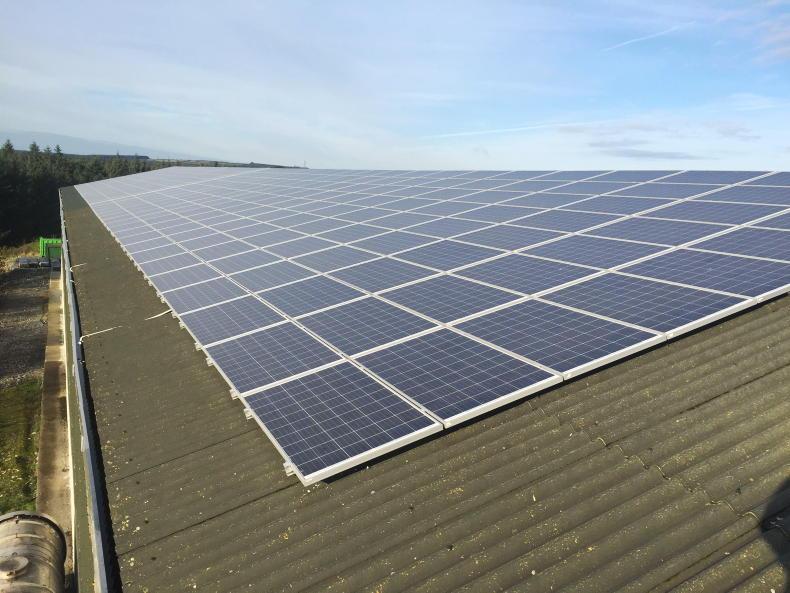
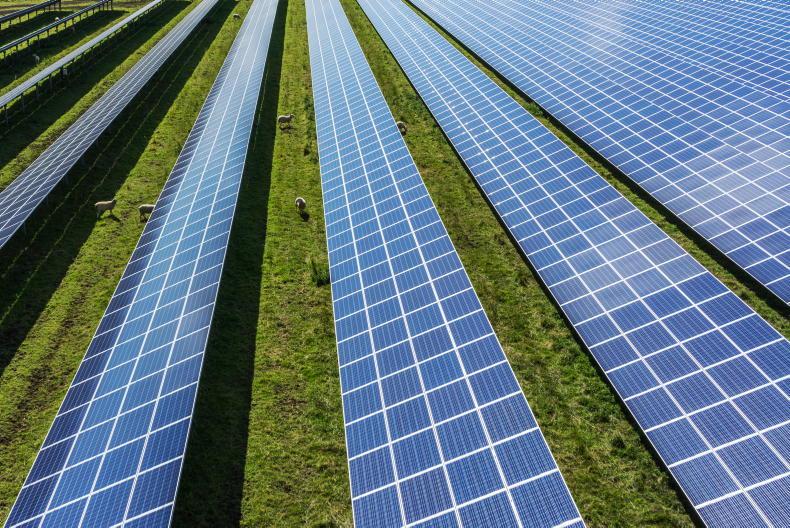

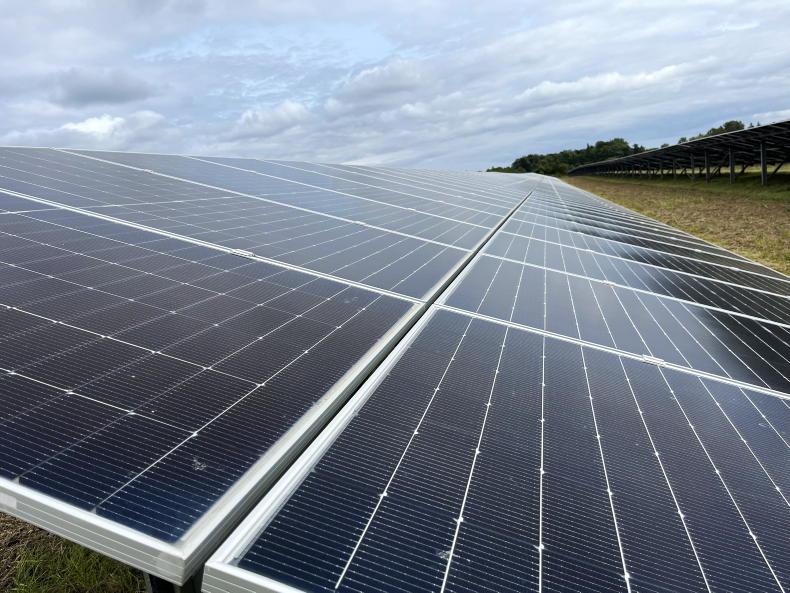

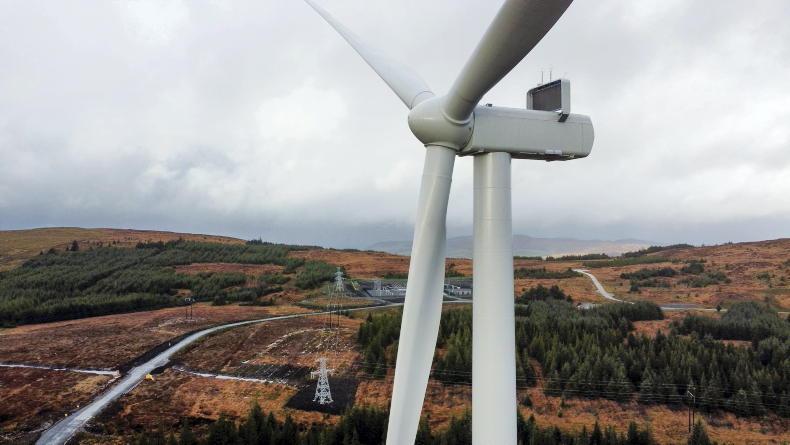
SHARING OPTIONS